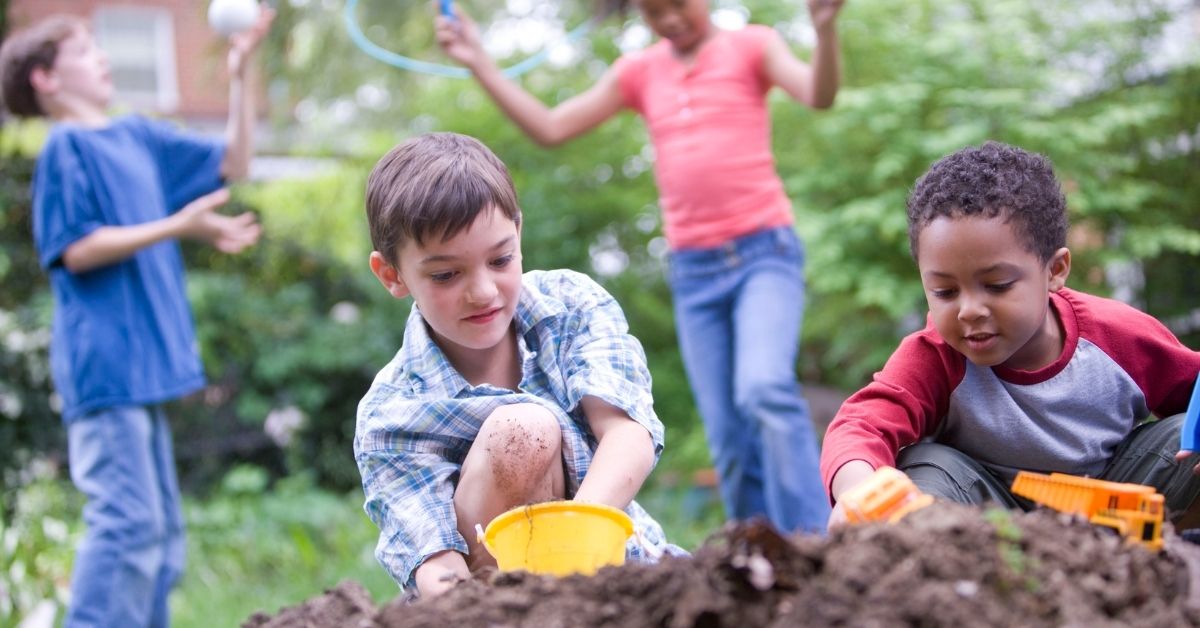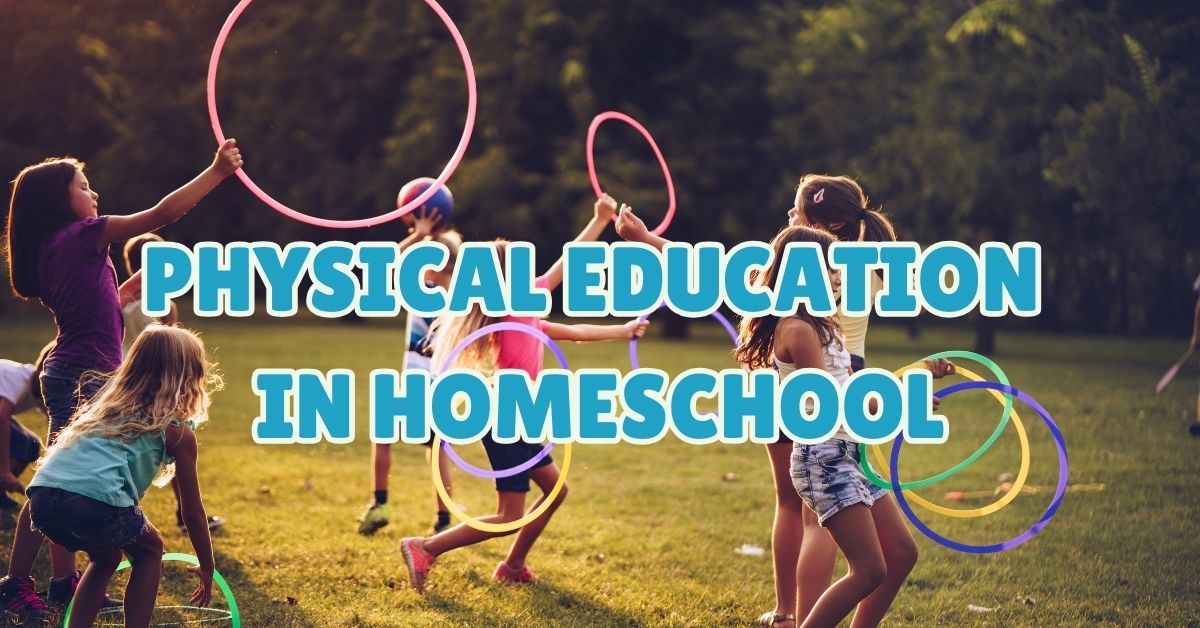Homeschooling offers the chance to personalize your child’s education, blending academic learning with life skills and personal development. But one area that can sometimes get overlooked is physical education. Keeping your kids active isn’t just about burning energy; it’s about fostering lifelong habits that contribute to their well-being.
The good news? Integrating physical education into your homeschool doesn’t have to be daunting. With some creativity and planning, you can make homeschool PE lesson plans fun, engaging, and effective. Below, we’ll explore actionable ideas, fitness routines for homeschooled students, and outdoor physical activities for homeschooled kids to keep your family thriving.
Why Physical Education Matters in Homeschooling
Physical education is about more than just staying active. It plays a vital role in your child’s overall growth and success.
- Improves physical health by strengthening the heart, building muscles, and boosting overall fitness.
- Enhances mental well-being by releasing endorphins to reduce stress and improve focus.
- Promotes better learning through physical activity, which supports cognitive function and academic performance.
- Teaches life skills like teamwork, persistence, discipline, and goal-setting.
By including fitness in your curriculum, you’re creating a balanced and holistic learning experience for your children.
Creating Homeschool PE Lesson Plans
Effective homeschool PE lesson plans don’t need to be overly complicated. Here’s how to design a program that works for your family.
- Set Clear Goals: Define what you want to achieve. Whether it’s improving your child’s fitness, introducing a specific sport, or simply ensuring they move more during the day, having clear objectives will guide your lesson planning.
- Include Variety and Fun: The key to keeping kids engaged is diversity. Mix up your activities to include cardio, strength training, flexibility exercises, and creative games. Examples include jump rope, dance parties, or yoga. Switching things up offers excitement and keeps kids motivated to participate.
- Celebrate Progress: Acknowledge accomplishments, such as running longer distances or mastering a new skill, to keep them motivated. Tracking their achievements also helps identify areas for improvement and allows you to adjust plans as needed.
- Maintain Consistency: Make physical education a regular part of your homeschool routine. Dedicating specific times or days to PE ensures it becomes as integral as any other subject in your curriculum.
Fitness Routines for Homeschool Students
Creating fitness routines for homeschooled students can start with a thoughtful schedule that weaves physical activity into daily life. It could be as simple as dedicating 30 minutes to movement every day, whether in the form of stretching, cardio, or light strength activities. This consistency helps reinforce the importance of fitness from an early age.
Individual activities like yoga or jogging are fantastic for solo fitness while incorporating family walks or dance sessions can provide opportunities for group interaction. To keep things varied and engaging, consider blending both approaches. Some days might include creative solo challenges, while other sessions encourage teamwork and bonding through family sports or games.
Another tool to make routines enjoyable and effective is technology. Kid-friendly fitness apps and online workout videos bring fresh energy to exercise sessions. By leveraging these digital resources, homeschool PE lesson plans can remain dynamic and fun. Adding challenges or milestones, like tallying steps or mastering particular skills, can instill excitement and encourage children to set goals.
The ultimate aim is to foster routines that integrate seamlessly into homeschooling life, balancing structure and flexibility to suit your family’s needs.

Outdoor Physical Activities for Homeschool Kids
Getting outside is one of the best ways to incorporate physical education. Outdoor physical activities for homeschooled kids inspire creativity, build stamina, and give children the chance to explore the world around them.
- Explore Nature: Take walks, hikes, or bike rides in local parks or trails. These outings double as learning opportunities, where children can study local plants and wildlife while staying active.
- Play Sports and Games: Backyard frisbee, soccer, or tag are excellent options for movement-packed fun. Simple games like these foster teamwork and refine motor skills in an engaging way.
- Try Water-Based Activities: Swimming, sprinklers, or water balloon challenges are fantastic for summer days. These activities are physically active and bring a refreshing twist to your outdoor routines.
- Adapt to Your Space: Whether you have a backyard, a nearby park, or even a small driveway, outdoor activities can be customized to fit your environment and resources. Creativity ensures space limitations never hold you back.
Outdoor activities offer endless possibilities to blend exercise with exploration.
Overcoming Common Challenges in Homeschool PE
Finding time for physical education can feel overwhelming in an already packed homeschool schedule. The key is treating it like any other subject. Short bursts of focused activity can work wonders, even if you only have 15-20 minutes. By making it a consistent part of the daily routine, PE becomes a natural element of your homeschooling day, rather than an afterthought.
Lack of equipment or proper facilities is another common challenge. Fortunately, physical education doesn’t require fancy gym gear. Exercises like push-ups, jump rope, or yoga rely only on body weight or minimal equipment. Items already in your home, like stairs or household objects, can be creatively repurposed for workout sessions. This flexibility means you can create effective lessons regardless of space or resources.
Keeping kids motivated in PE can require a more personalized approach. Allowing your children to contribute to activity planning encourages buy-in. They can choose sports, games, or fitness goals that excite and inspire them. Adding fun elements, like family competitions or milestone rewards, can help sustain their enthusiasm. Flexibility combined with a focus on enjoyment ensures kids stay engaged and energized in their fitness routines.
With a little effort and creative thinking, these challenges can be turned into opportunities for growth and bonding.
Adapting PE for All Ages
Physical education needs to be age-appropriate to keep every student engaged, whether you’re working with preschoolers or teens.
- Younger Children: Focus on activities that incorporate play, like hopscotch or backyard obstacle courses. These games help develop motor skills, coordination, and balance while keeping things lighthearted and fun.
- Older Kids and Teens: Introduce more structure with sports, strength-building exercises, or fitness challenges. Empower your teens to set their own fitness goals, like improving their endurance or exploring a specific physical discipline such as martial arts or running.
- Family-Wide Activities: Engage the whole family in physical education with group workouts, dance-offs, or weekend hikes. Family participation not only makes fitness more enjoyable but also encourages everyone to adopt healthier habits together.
Homeschool PE is most effective when it’s inclusive, adaptable, and enjoyable for all ages.
Encourage Lifelong Healthy Habits
Integrating physical education into your homeschool routine is about fostering lifelong skills. It teaches children the value of movement and well-being beyond academics.
From crafting diverse fitness routines for homeschooled students to exploring outdoor physical activities for homeschooled kids, physical education can be tailored to suit every lifestyle. By getting creative and leading by example, your family can discover the fun and rewards of staying active together.
Start with small steps, prioritize consistency, and enjoy the process. With the right approach, physical education can become a highlight of your homeschooling experience and provide lasting benefits for your family.





